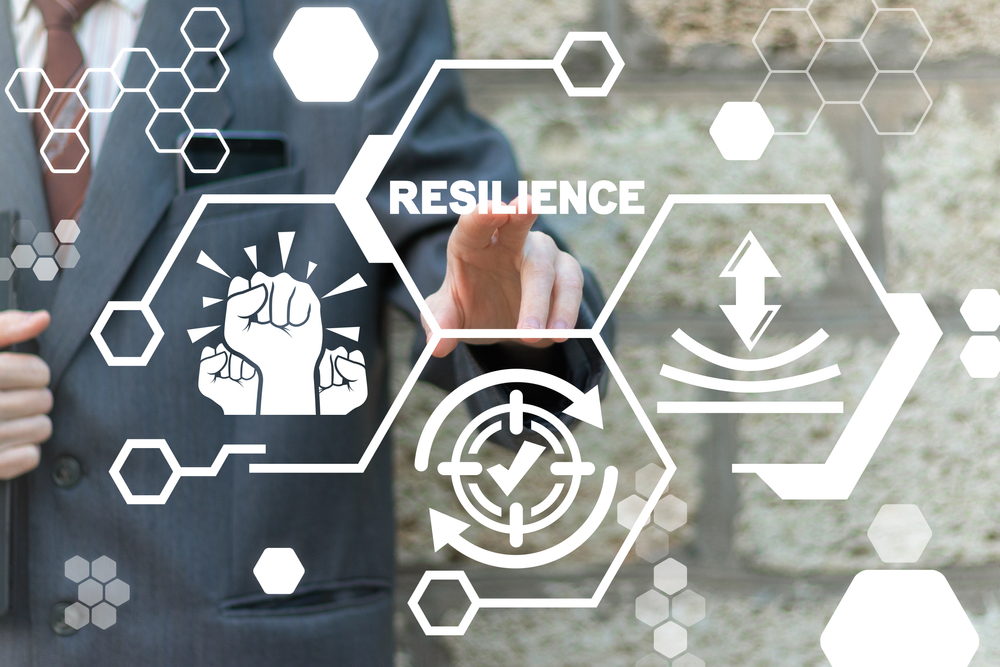COVID-19 was a shock and awe event for many organizations around the world. The global pandemic led to supply chain shocks and structural changes in the functioning of many organizations. Economies in the Asia-Pacific region could be looking at a US$620 billion in total and permanent income loss, as per a Standard & Poor forecast.
Under such dire conditions, many businesses have been quick to adapt to a new management model that allows them to sustain operations in the face of high uncertainty. The management model and business structure must ensure that the business can meet a certain minimum threshold: To ensure the continuity of its operations. Companies that are quick to recover shall also have leaders who understand the importance of having a resilient business structure.
Building a sense and respond approach
Covid-19 has led to an increased emphasis on resilient business models at the management level. Businesses today are looking at business models that enable them to have flexible responses and an ability to adapt to changing situations.
An article by Deloitte highlights that a “sense and respond” approach can go a long way in dealing with a crisis like the Covid-19 pandemic. As the duration of the pandemic has already exceeded analyst predictions, business leaders are expecting that the conditions of extreme uncertainty shall continue for a longer period of time.
Organizations realize that building resilience isn’t merely about coping with the current situation. Instead, the long-term focus is on building a blueprint using technology and other tools that can address blind spots and prepare businesses for any changes that may come. The emphasis is on business models that enables an organization to bounce back quickly from business challenges.
Therefore, businesses are re-thinking supply chains, core operational and manufacturing processes in a manner where business disruptions are either avoided or minimized.
An article by McKinsey explains that businesses are building resilience in 3 significant ways:
- Revisiting their supply base and global asset footprint
- Moving quickly to digitise operations end to end
- Building cross-functional agility in operations by transforming business models
The government too has been focussed on building a policy framework to foster resilience among small and medium businesses, as per this Bloomberg Quint article. The framework takes into account the supply and demand side impact and makes access to credit easier for enterprises that need it the most.
It is expected that the companies that succeed today shall focus on bringing an overhaul to their supply chains, value-chains and operations in a manner that shall prepare them for potentially disruptive events in the future.
The road ahead
Businesses are looking at a more well-rounded approach towards building sustainable operations that gives them a long term advantage. The speed at which business leaders have been forced to respond has also required them to bring about a holistic change in business fundamentals.
The next crisis is likely to be very different from the covid-19 pandemic that we are facing today. A forward facing approach by businesses has become the need of the hour: An ability to build robust and realistic cause-effect models. Once such models have been established, businesses can focus on key risk indicators and calibrate their business models to face ensuing risks better.



